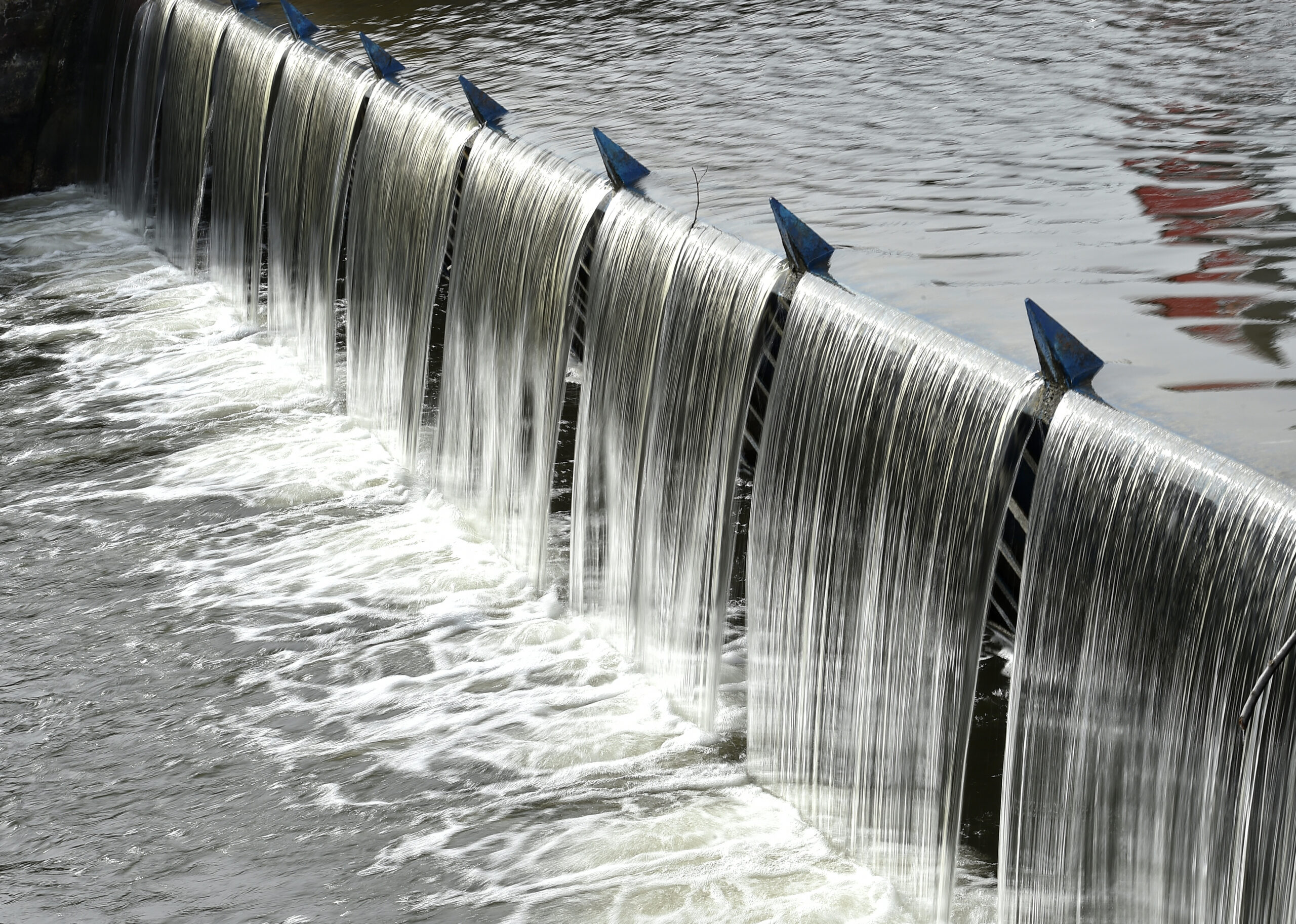
Waste Water Pump Station Monitoring
Challenge
- Situation
- Sewerage systems get blocked, clogged, overflow and send untreated waste into an estuary used for commercial oyster cultivation.
- Limited data from sewerage system has historically made blockage detection challenging and dependent on local residents calling water utility.
- Goal is to detect events without installing extensive new sensor networks throughout the entire sewerage system network
Solution
- Develop a standard weekly usage profile for each pump out station using reference profile
- Utilize asset modeling to take the single model and create a unique usage shape for each individual pump station
- Monitor all pumping stations for large deviations from “normal” profiles
- Integrated with notifications to send alerts to operations center
Benefits
- Fast deployment (in less than 1 month) giving improved early detection of blockages
- Additional capital investment deferred
- Seeq model and notifications identify abnormal conditions in real-time (Multiple network operating anomalies successfully detected)
- Engineers can tune the model easily
- Rich data context for abnormal events
Data Sources
- OSI PI
- PI Asset Framework
Data Cleansing
- Transform pump on-off signals to a more meaningful analytic – time between cycles – to create a virtual ”sewage load” signal
Calculations and Capsules
- Developed capsules to estimate normal pump run frequency
- Identified rain events and eliminated those times from the model
- Used to detect unusual pumping patterns due to blockages
Summarizing Results
- Rapid development in less than 1 month
- Blockage detected 13 hours prior to reporting
- Delayed capital investment
- Reduced frequency of release of untreated sewage:
- Damage local oyster producers business
- Pollution and potential clean-up costs avoided
- Water company reputational harm avoided